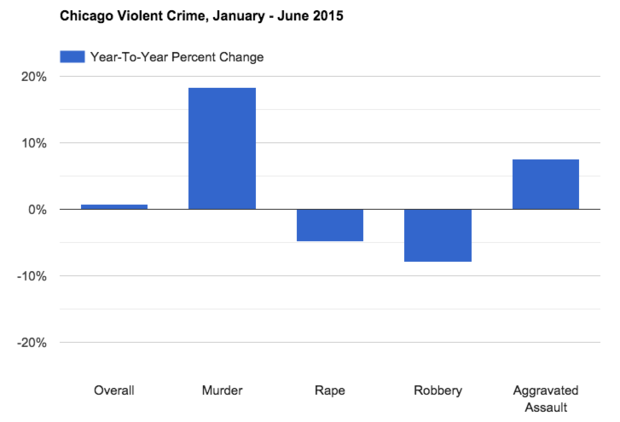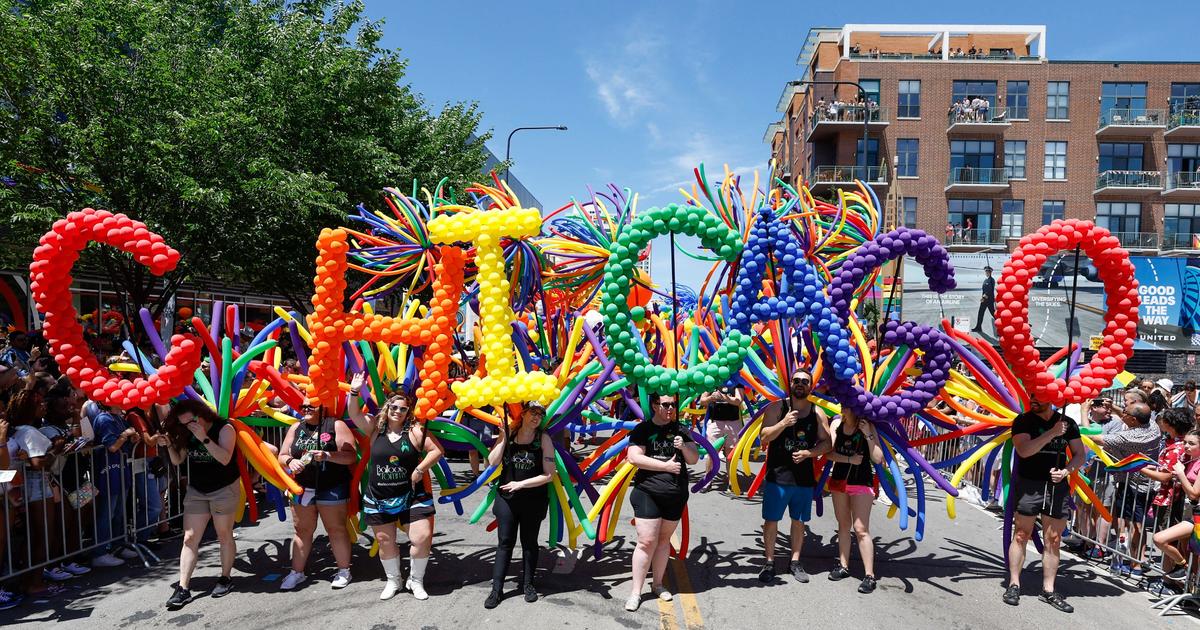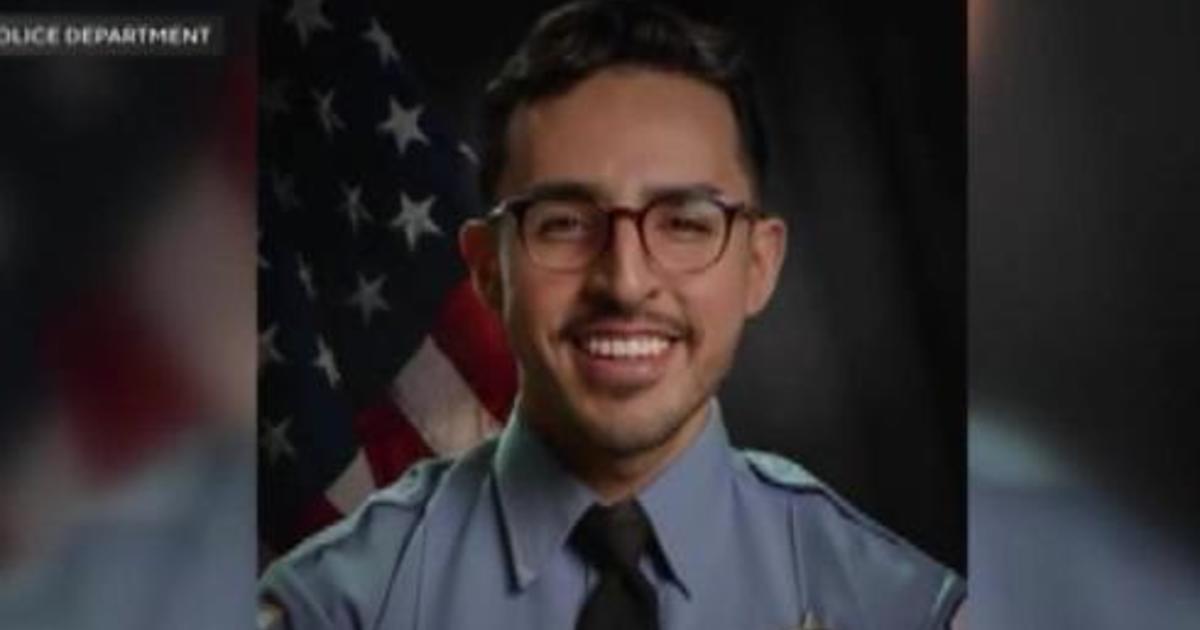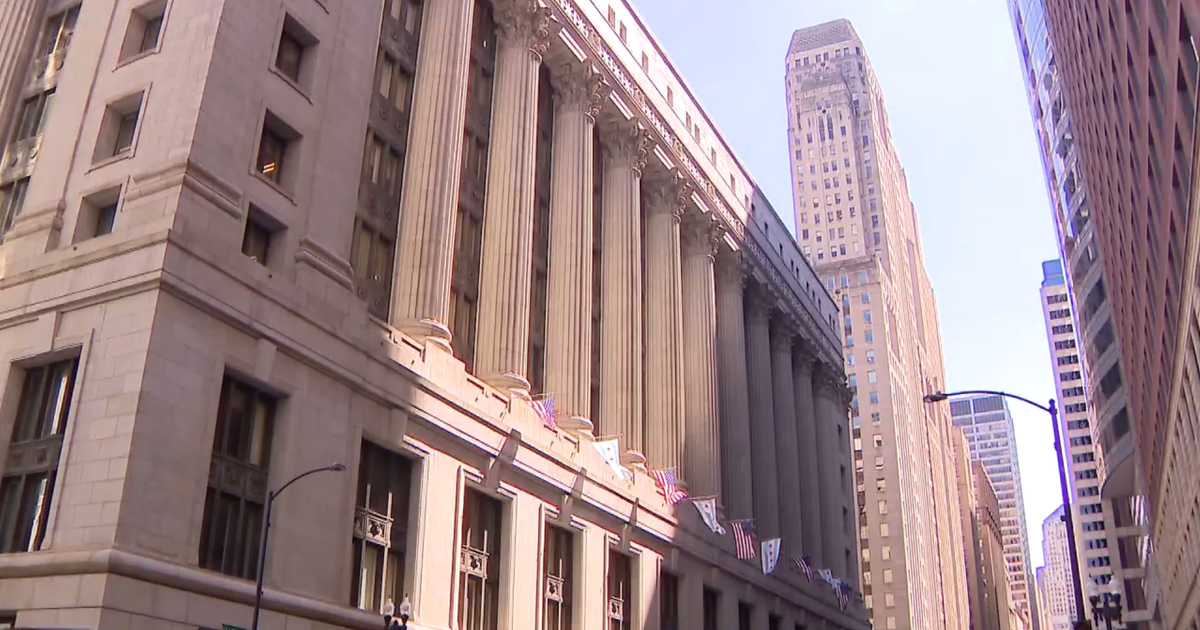How Chicago's Crime Rates Compare To The Rest Of America: Not Bad, But Not Great
The views expressed on this page are those of the author, not CBS Local Chicago or our affiliated television and radio stations.
By Mason Johnson
Update: This article analyzes pre-2016 numbers, since the FBI has yet to release data on 2016 crime for any American cities yet this year. As of June 1, Chicago's first degree homicide totals are up about 48 percent higher than the total number last year.
Looking at the FBI's latest crime data, it's clear Chicago's violent crime totals are some of the highest in the nation, but what happens when you factor in Chicago's large population?
The data begins to paint a much different picture.
The FBI's latest preliminary report, which only details crime between January and June of 2015, attempts to display a snapshot of both violent and property crime in America. The data doesn't only look at the country as a whole, but also lists the individual statistics for many of America's cities. While the full report, usually out around September or October, attempts to include every American city, the preliminary report only lists cities with 100,000 people or more.
For the first six months of 2015, Chicago saw a .74 percent year-to-year increase in violent crime and an 8.25 year-to-year decrease in property crime. The nation as a whole saw a larger rise in violent crime, a 1.7 percent increase, and a lower decrease in property crime, a 4.2 percent decrease, in the first half of 2015 when compared to the first half of 2014.
Chicago's large population of 2,724,121 people -- the third highest in the country -- nearly guarantees its crime totals will often be some of the highest in the country. When it comes to violent crime, the only city with more violent crimes than Chicago in 2015 was New York. In fact, in the first half of 2015, Chicago is in the top five cities in every violent crime category -- murder, rape, robbery and aggravated assault -- garnering the highest murder totals in the country.
But Chicago falls significantly when you look at its crime rates per 100,000 people. Since rates account for a city's population, it's often seen as a more accurate way to view a city's violence.

Chicago's overall violent crime rate was 402.66 violent crimes per 100,000 people from January to June of 2015, according to my math (the FBI only included totals in their report, so I had to make use of my sweet Casio calculator watch to obtain the rates).
There were 49 cities with higher violent crime rates than Chicago. St. Louis, Missouri, with a population of 318,574 and 2,806 violent crimes, had the highest violent crime rate: 880.8. Trailing just behind St. Louis were Mepmphis, Tennessee and Detroit, Michigan. There were 209 cities with lower violent crime rates than Chicago. Cary, North Carolina, with a population of 154,978 and 31 violent crimes, had the lowest violent crime rate: 20. Irvine, California and Naperville, Illinois had the second and third lowest, respectively.
Chicago's murder rate was 7.6, which was lower than 25 other cities. St. Louis, Missouri's murder rate was 28.88, the highest in the country, with New Orleans, Louisiana and Baltimore, Maryland slightly behind St. Louis. 35 American cities with more than 100,000 people had zero murders in the first half of 2015, including Naperville, Illinois.
Chicago's rape rate was 22.83. Due to the ongoing transition between the old and new definitions of rape, it's difficult to know where exactly Chicago stands in the country as a whole. When you look at cities using the new definition, there were 111 cities with rape rates higher than Chicago's and 131 cities with rates lower than Chicago's. Because of this transition between the two definitions, the FBI has noted "minor differences when calculating trends" for the two rape categories. Taking this into consideration, I'm going to refrain from listing the rates of any other cities.
Despite these discrepancies, the FBI's new rape definition marks a turning point for Chicago's sexual assault statistics, which previously did not meet the FBI's requirements to be included in the UCR. In time, this will give a more encompassing view of sexual assault in Chicago.
Chicago's robbery rate was 148.71 and its aggravated assault rate was 223.52, leaving 28 and 51 cities with burglary and aggravated assault rates higher than Chicago's, respectively. 231 and 208 cities had lower robbery and aggravated assault rates than Chicago, respectively.

It's important to note that these rates should not be compared to yearly rates. Since these only encompass the first six months of the year, they would look incorrect next to annual crime rates.
When looking at crime totals across the country, keep in mind that the FBI specifically warns against ranking cities. Comparing cities based on their totals or rates, the FBI writes, leads "to simplistic and/or incomplete analyses that often create misleading perceptions adversely affecting communities and their residents."
Though I mention cities with rates higher and lower than Chicago's, I do so to provide an larger context for Chicago's crime, to set reasonable expectations for a city often mislabeled as the "murder capital of America." Numbers and statistics do not define a city, but are merely a handful of variables cities can use to understand what problems they face and how to fix them.
Ultimately, there is no murder capital in America.
Mason Johnson is a Web Content Producer for CBS Chicago. You can find him on Twitter.




